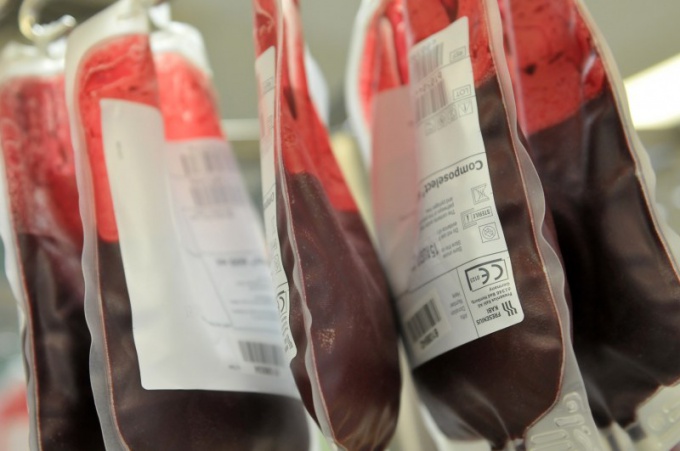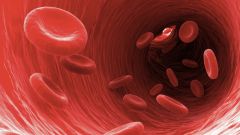The danger of blood loss
Blood is the most important substance in the human body, one of the main functions of which is to transport oxygen and other essential substances to the heart to the tissues. Therefore, the loss of a significant amount of blood can significantly affect normal functioning of the body or even lead to death.
In total the body the average adult contains about 5 liters of blood. While some of its parts it can lose without any harm to themselves: for example, the volume of blood taking over once the donor is 450 milliliters. This number is considered quite safe for an adult. More or less serious problem could be the loss of 20% of total blood volume or more.
The scope and nature of blood loss
Doctors say that the severity of blood loss to human life in a particular case depends not only on its volume but also the nature of the bleeding. So, the most dangerous is bleeding fast, in which people within a short period of time not exceeding a few tens of minutes, loses a significant amount of blood.
With the loss of about one liter of blood, or about 20% of total blood volume circulating in the body, the heart ceases to obtain a sufficient volume of blood for circulation, you suffer the disruption of heart rhythm, decrease blood pressure level and pulse rate. However, if the bleeding fails to stop at this stage, she usually does not bear a significant threat to human life, and with adequate nutrition and rest, the body is capable to restore lost volume.
In case of loss from 20% to 30% of the blood within a relatively short time, equivalent to the volume of 1-1,5 liters of blood for an adult, there is increased sweating and thirst, nausea, possible vomiting. The person can't breathe, he becomes apathetic, his hands shaking and vision getting fuzzy. In this case, even if you stop the bleeding self-service recovery of lost volume, as a rule, is difficult and a person needs a blood transfusion.
The rapid loss of 2-3 liters of blood, that is 30% or more of the total amount present in the body, the skin surface of the person becomes cold, he visibly pales, and his face and limbs bluish tint. In most cases, this blood loss is accompanied by loss of consciousness, often falling into a coma. In this case, to save a man's life can only immediate blood transfusion. Rapid loss of more than 50% of the total amount of blood present in the body, is considered fatal.
If the blood loss is gradual, for example when internal bleeding, the body has time to adapt to the situation and able to withstand a significantly large amount of blood loss. For example, in medicine known cases of survival with the loss of 60% of blood after timely intervention.








